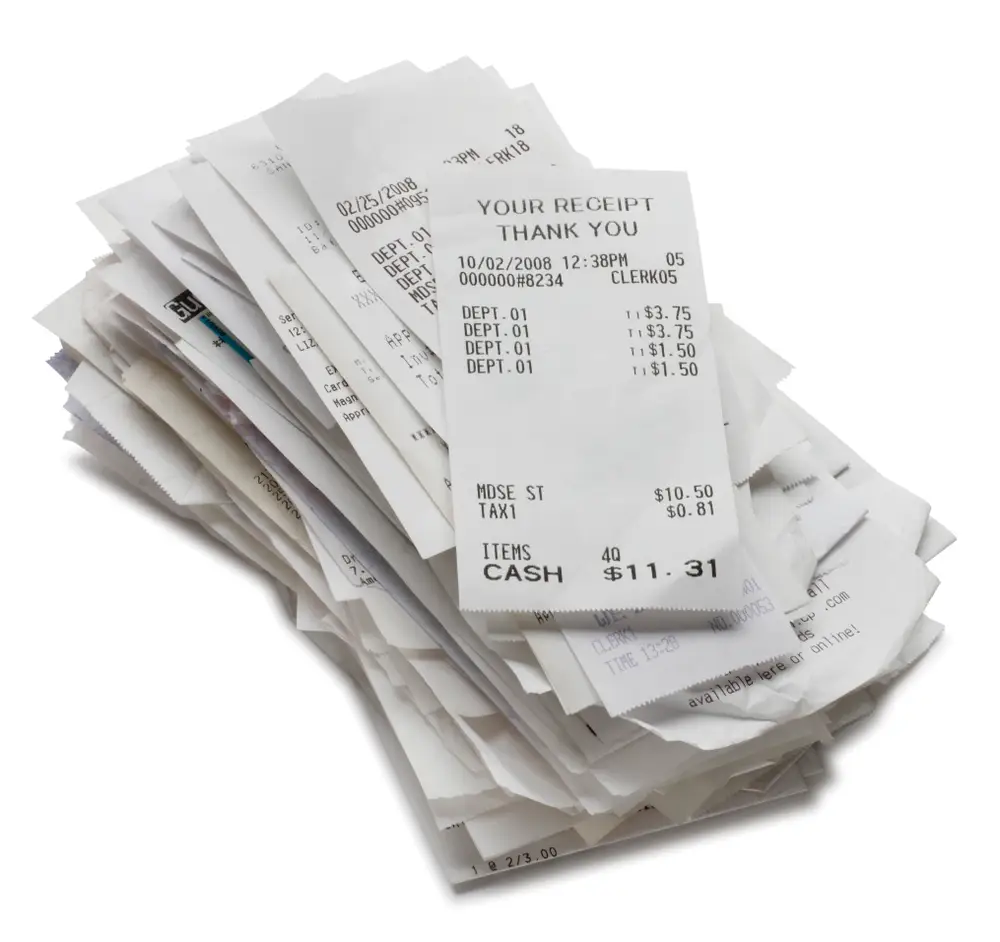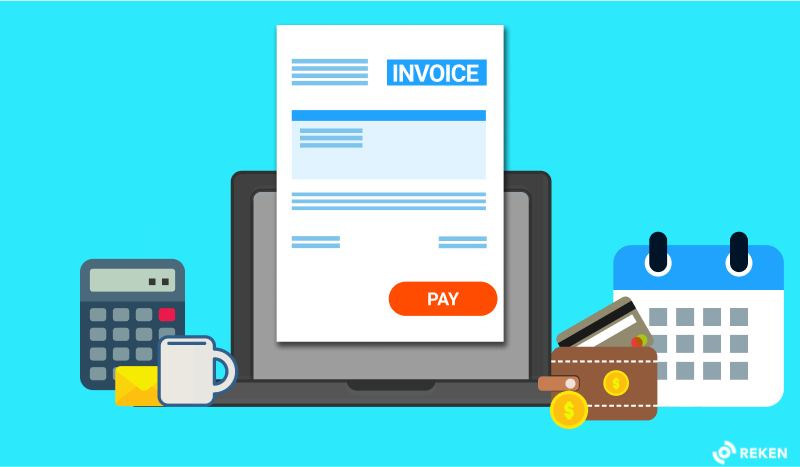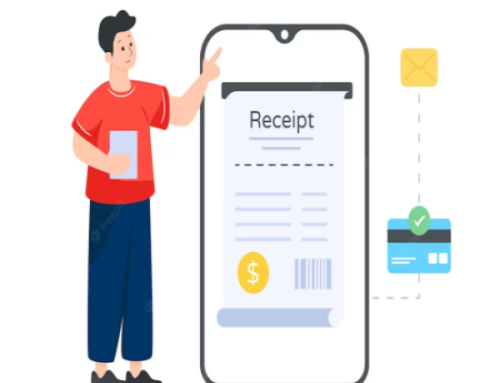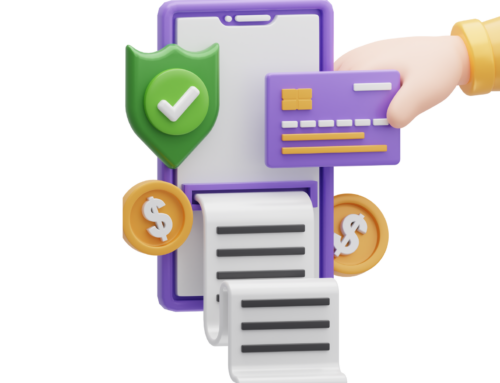Even though you’re delivering the products on time, customers are taking weeks to pay. Don’t worry, you’re not the only one! Set up clear payment terms with your clients to avoid more problems like this in the future. Due Upon Receipt is a magic payment tool that can help you out with some of your money problems.
What does “due upon receipt” mean?
Before the deal is done, it is very important to set up clear payment terms for invoices. One of these ways to pay is called “due on receipt.” What does it mean to be due upon receipt? Due on receipt means that the payment is due as soon as the client gets the invoice, as the name suggests. An invoice that is due upon receipt must be paid as soon as the client gets it.
So you don’t have to have an awkward talk with your client about the payment. Also, you don’t have to call them over and over to remind them. With a due on receipt invoice, the client knows that they need to pay as soon as possible. Your client should pay invoices that are due when they get them on the day they get them or the next business day.
Why do you want to use “due upon receipt”?
Who wouldn’t want to get paid right away for their work? The next best thing is getting paid when you send the bill. A written invoice is proof that you sold a client a product or service. By using due upon receipt invoicing, you’re saying that you expect to get paid right away. You’re asking for your money without being rude.
Every payment that is late is like money that a small business doesn’t get. Small businesses don’t have much money to begin with. They don’t have that much money to spare. Clients sometimes take months to pay for something. Self-employed people don’t have teams whose sole job is to handle payments. People often forget about the bill that hasn’t been paid. This will leave a hole in your books. You have to look through a lot of emails and bills to find the one that hasn’t been paid.
The owner of a business has the right to set the payment terms that work best for their business. Due upon receipt invoices are a way for freelancers and small businesses to get paid more quickly. Cash flow is better when people pay faster. And a better cash flow means that you are better off financially. But you shouldn’t use the word too much. There are only a few times when you should use an invoice that is due when the customer gets it.
Invoice payment terms – Due upon receipt payment
1) Payments happen faster
Money is one of the biggest problems that small businesses and freelancers have to deal with. When invoices are paid as soon as they are received, this method is used. The number of bills that need to be paid drops. You are getting more money. You can now put more money back into your business.
2) Constant flow of cash
Once your clients start paying on time, you’ll be able to better estimate how much money you’ll make each month. Your bills can be paid on time. If you always spend the most on your credit cards, it can hurt your credit score. You can choose how to pay off your debt. Freelancers can choose when they want to relax and when they want to take on more work. It makes things better financially all around.
3) It saves time and work
Trying to get clients to pay costs a lot of time and energy. The payment term tells the client that you want to be paid by the next business day. You can now focus on the most important parts of your business.
Problems with due upon receipt
Your client could also be a small business owner like you. Because they don’t have enough money, they won’t always be able to clear payments the next business day. If you keep sending them bills that are due as soon as they get them, they can go to one of your competitors.
1) Inconvenient for clients
Tough terms for billing can also turn off clients. Not every business can get cash right away. This kind of billing can make you seem hard to work with.
2) Know where you stand
You can’t just give a client a new set of payment terms out of the blue. They are used to using a certain way to pay. When you change the payment terms, you should think about your past with the client. You can use this term for a new client or a one-time project.
Real-life examples of “due upon receipt”
You can decide when to use the due upon receipt method now that you know its pros and cons. But if you’re still not sure how to use “real time” in a sentence, here’s a step-by-step guide.
Step 1: Pick the bills that need the due upon receipt label
A client can’t pay every bill right away after receiving it. If you want to do business with a client again, you shouldn’t use the term. Keep in mind that it’s perfect for a client who only wants one job. Think about these things when deciding which invoices should have the term.
Step 2: Be clear about how to pay
Billing can be a difficult task. On every bill, it should be clear how the money should be paid. Remember to thank customers. At the bottom of the bill, a simple “Thank you for your purchase” goes a long way.
Step 3: Don’t forget to sign in
Even if you have asked your clients to pay right away, there may still be some who don’t. Don’t forget to look at your bills often. Send emails to clients to remind them of how much they owe. You can even call your clients to remind them again. You have to work hard if you want to get paid on time.
Step 4: Think about how you work with clients
If some of your customers don’t pay on time over and over again, you might want to stop doing business with them. They didn’t follow the rules for the first payment. There is a good chance that they will do the same thing again. You can’t take a chance on getting paid for the hard work you do.
Read More: How to Set Up Digital Receipts
Stay Connected!








